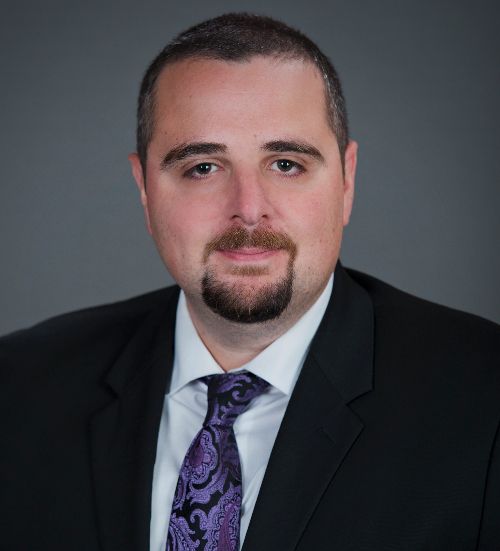Article
Etripamil Nasal Spray Well-Tolerated, Improves PSVT-Related Symptoms
Author(s):
A smaller proportion of patients who used etripamil required an emergency department intervention 5 hours post-administration—compared to placebo users.
Bruce Stambler, MD

New findings show that etripamil nasal spray was effective in relieving symptoms related to paroxysmal supraventricular tachycardia (PSVT). Furthermore, the calcium channel blocker was associated with reduced emergency room visits.
This data, reported from the NODE-301 trial, was presented at the American College of Cardiology (ACC) Annual Scientific Session.
A team, led by Bruce Stambler, MD, of Piedmont Heart Institute, sought to investigate whether self-administered etripamil was superior to placebo in terminating PSVT events in an outpatient setting. At this year's conference, they presented key secondary endpoints, which included relief of PSVT-related symptoms, emergency room intervention or rescue medical therapy, and treatment satisfaction.
Attending ACC 2021? Share your thoughts on the meeting, and the state of cardiology, with our 2-minute survey!
At the study outset, 156 individuals were randomized 2:1 to receive either etripamil (n = 107) or placebo (n = 49) during PSVT. All patients experienced a vagal-maneuver refractory, symptomatic episode of sustained PSVT and were medically unsupervised during self-administration.
Stambler and colleagues evaluated the percentage of patients who required an emergency room intervention or other such intervention to terminate their PSVT at 5 hours post-administration.
Symptom relief and nasal spray satisfaction were evaluated using the Treatment Satisfaction Questionnaire for Medication (TSQM-9), with higher scores indicating higher satisfaction.
“Etripamil was more effective than placebo at relieving symptoms associated with PSVT including rapid pulse (P = 0.002), palpitations (P<.001), shortness of breath (P = .008), dizziness (P = .012) and anxiety (P = .006),” the investigators reported.
Furthermore, they indicated that etripamil was associated with a 51% reduction in the need for the emergency room compared with placebo (P = .051). Even more, there was a 47% prolongation in the time to next emergency room visit following etripamil use versus placebo.
Of all patients who used etripamil, 12% needed emergency room therapy to terminate PSVT after 116 mins compared with 25% of placebo users after 79 minutes. Further, 2 more patients—1 in each treatment arm—required oral rescue medical therapy.
Patients who used etripamil indicated higher scores of treatment effectiveness (54) than patients who used placebo (35; P = .001). A similar pattern was noted for global effectiveness—57 versus 43 (P = .007).
And finally, both treatments were considered highly convenient (etripamil, 74 vs placebo, 76).
In an interview with HCPLive®, Stambler noted etripamil had failed meet its primary endpoint of time to conversion of PSVT to sinus rhythm compared to placebo over 5 hours—findings which were reported last year. However, a post-hoc analysis showed etripamil was superior to placebo in converting PSVT over the first 45 minutes post-administration.
Stambler emphasized the overall convenience of the medication, noting the importance in such patients.
“The ability to have something on hand to potentially be able to improve symptoms, terminate their arrhythmia puts the control in the patient,” he said. “Because [PSVT} is a rhythm disturbance that can create huge anxiety — and importantly, patients don’t know when or if this arrhythmia will develop.”
The study, “Etripamil Nasal Spray Relieves Symptoms and Reduces Emergency Room Interventions In Patients With Paroxysmal Supraventricular Tachycardia (PSVT): Analysis Of Clinical Outcomes In The Node-301 Trial,” was presented at ACC 2021.
2 Commerce Drive
Cranbury, NJ 08512
All rights reserved.





